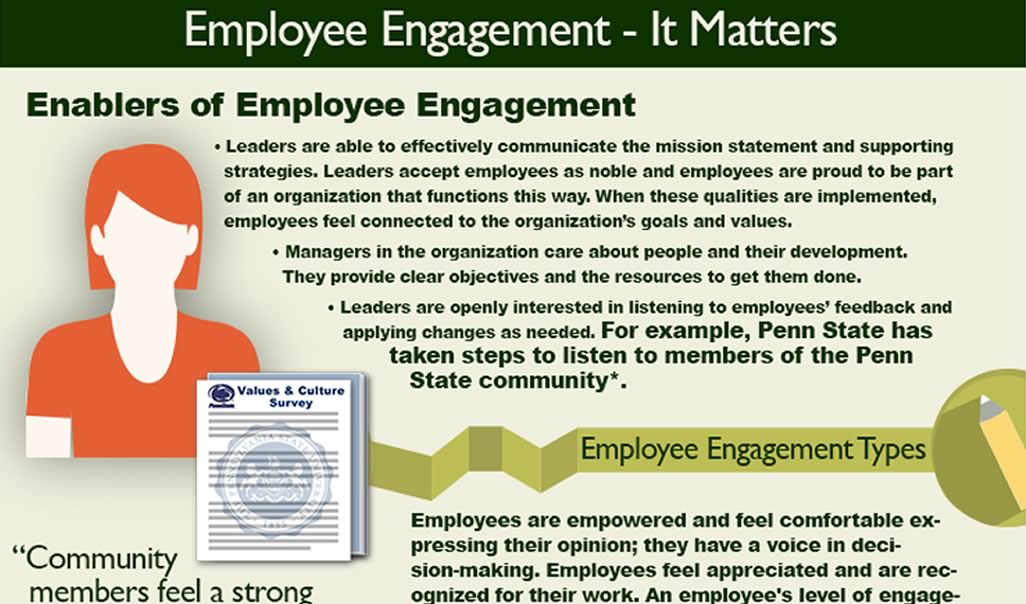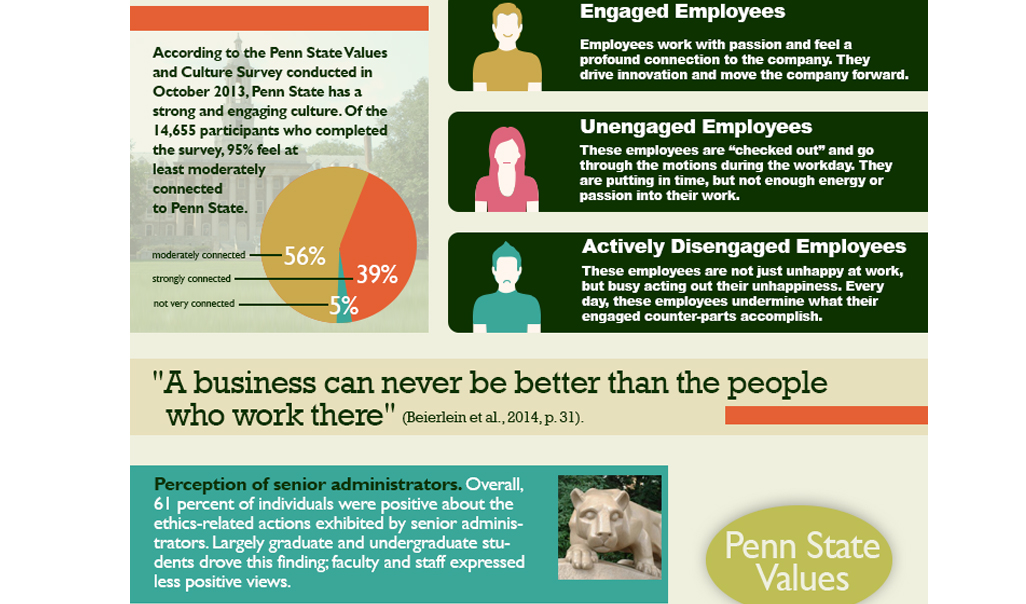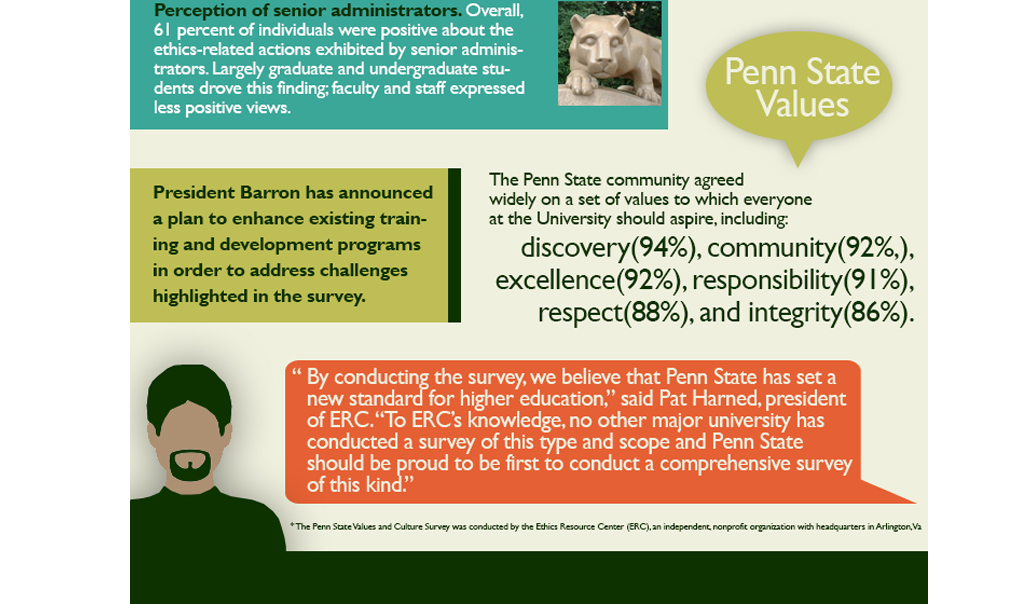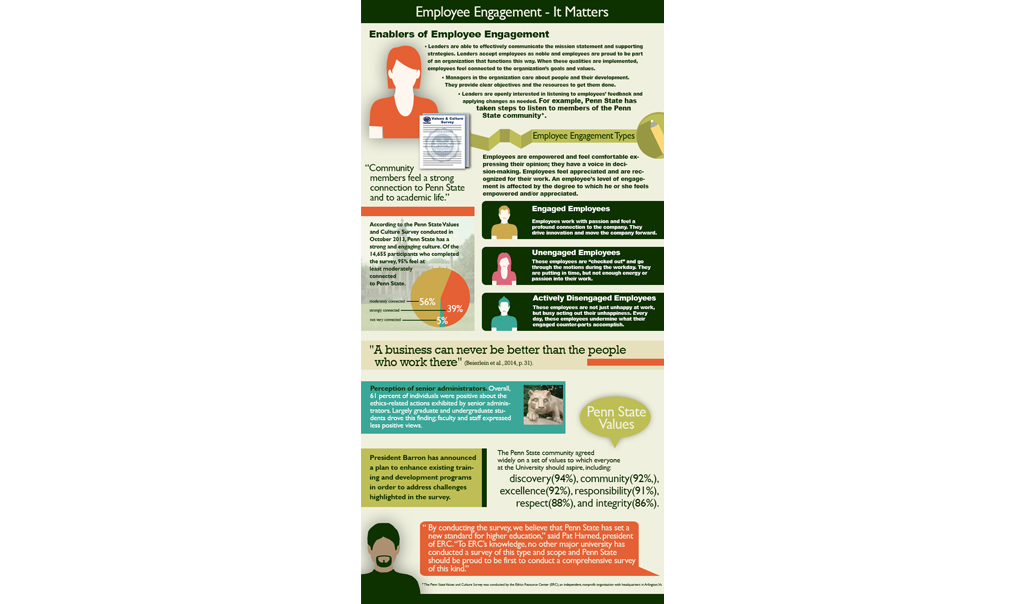Agribusiness Management 308W: Strategic Decision Making in Agribusiness
Project Description
AG BM 308W utilizes real-world case studies to investigate strategic decision making among agribusiness firms. Students will also gain business research skills through the use of the University Libraries, including strategies to conduct company and industry research, completing external analyses of real-world companies, and utilizing research-based library databases in preparation for developing and evaluating an organization’s strategic plan.
Students in this course will research and analyze real-world agribusiness firms using the strategic decision-making skills they learn. Infusing innovative approaches to delivering course concepts and research-based content introduces learners to course material in an exciting and engaging online environment.
Through cased-based individual and team activities and virtual discussion sessions, students are provided with abundant opportunities to practice and master the decision-making process.
To provide an authentic learning experience, students will serve as market analysts who work for a mutual fund specializing in agribusiness firms. Students will present their findings and make recommendations to their supervisor—in this case the course instructor—on whether a firm should be added to their company’s portfolio.
Project Features
- Engaging, research-driven content and presentation
- Integrated visual elements




